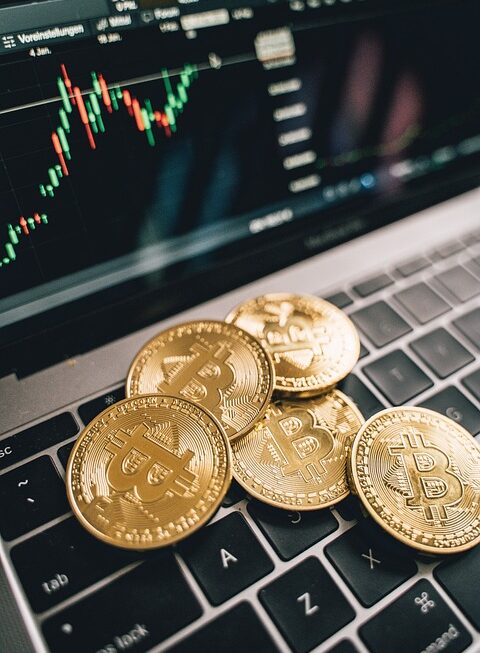In recent years, the world of digital assets has taken the financial and technology sectors by storm. At the forefront of this movement are cryptocurrencies like Bitcoin and Ethereum, which have gained widespread adoption and popularity. However, a new player has emerged in the world of digital assets in the form of non-fungible tokens (NFTs).
Bitcoin, the first and most well-known cryptocurrency, was created in 2009 by an unknown person or group of people using the pseudonym Satoshi Nakamoto. It operates on a decentralized network called blockchain, which is a distributed ledger that records all transactions. Bitcoin has gained mainstream acceptance as a digital currency that can be used for online transactions, investments, and as a hedge against fiat currencies.
Ethereum is another popular cryptocurrency that was launched in 2015. Unlike Bitcoin, Ethereum is not just a digital currency but also a platform that enables developers to build decentralized applications and smart contracts. This has led to the creation of a vast ecosystem of decentralized finance (DeFi) applications, decentralized exchanges, and other blockchain-based projects.
Non-fungible tokens, or NFTs, have taken the world of digital assets by storm in recent years. NFTs are unique digital assets that represent ownership of a specific piece of digital content, such as art, music, collectibles, and virtual real estate. Unlike cryptocurrencies like Bitcoin, which are fungible and can be exchanged for one another, NFTs are one-of-a-kind and cannot be replicated. This scarcity and uniqueness have led to a booming market for NFTs, with some digital assets selling for millions of dollars.
The rise of NFTs has brought about a new wave of creativity and innovation in the digital art and entertainment industries. Artists, musicians, and creators can now monetize their work by minting NFTs and selling them to collectors and fans. This has democratized the art market and allowed creators to retain ownership and control over their work.
However, the world of digital assets is not without its challenges and risks. The volatile nature of cryptocurrencies like Bitcoin and Ethereum can lead to rapid price fluctuations and potential losses for investors. Additionally, the NFT market has seen its fair share of scams and fraudulent activities, with some buyers purchasing fake or stolen NFTs.
Despite these challenges, the world of digital assets continues to evolve and expand, offering new opportunities for creators, investors, and technologists. From Bitcoin to NFTs, understanding the world of digital assets is essential for anyone looking to participate in this growing and dynamic industry.




